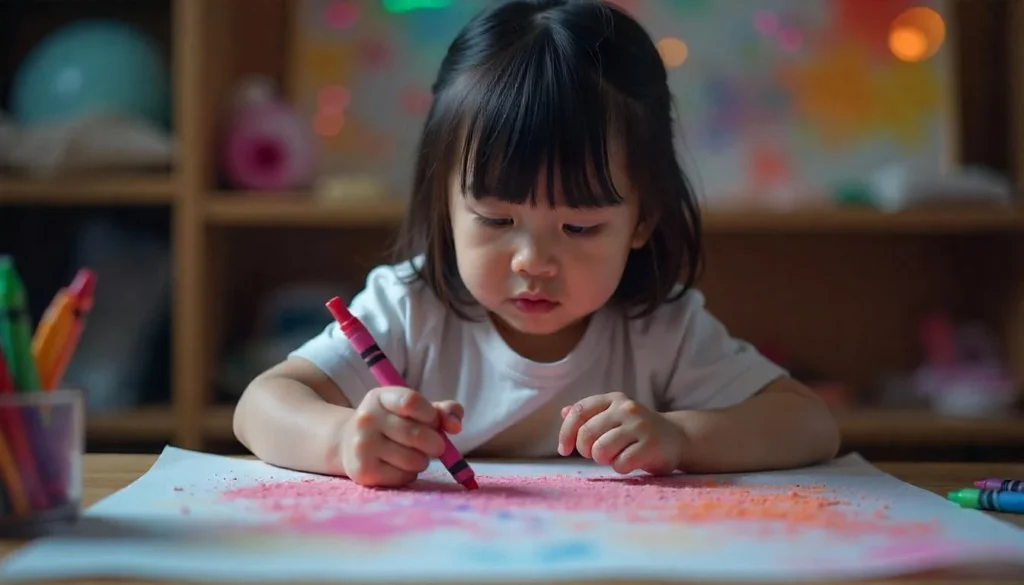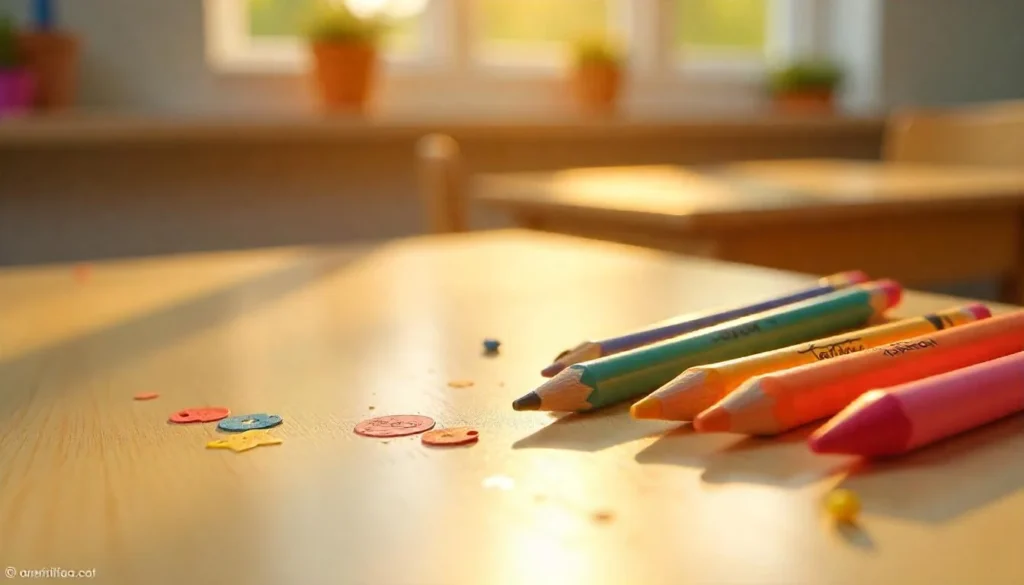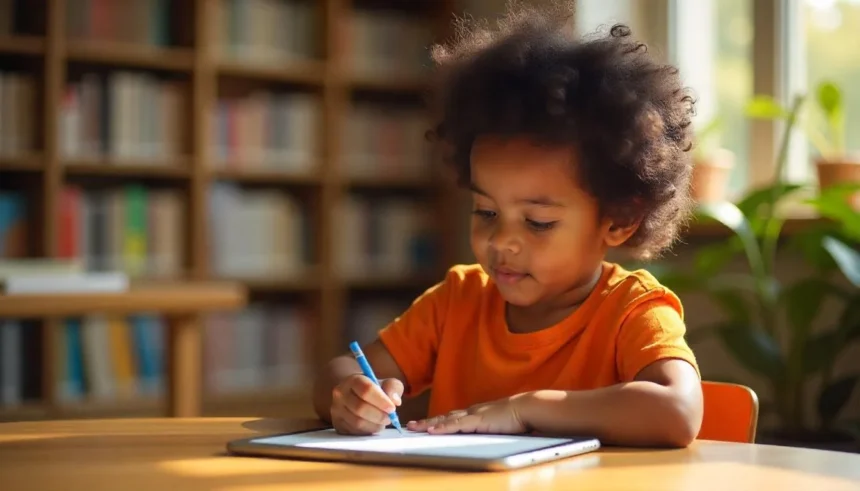Why Handwriting Might Be Especially Tough for Autistic Children
Teaching hand writing to kids with autism isn’t just a case of putting pencil to paper,writing is a process that requires planning, organization, and sequencing ideas.For children with autism, executive functioning difficulty can make this really overwhelming. They may know what they are trying to communicate,but can’t sequence those thoughts in a way that gets them onto the page.
Sensory Sensitivities
Paper feel,the mark of a pencil,or even the feeling of the pen in their hand might be overwhelming.These sensory sensitivity issues are frequently underestimated but play a crucial role in handwriting problems

Fine Motor Skill Difficulties
Pencil grasping, writing letters, and hand coordination are difficult for autistic children in the majority. These require intricate motor skills, which are not developed well or are slow to be developed.
Understanding the Foundations Before Teaching
Every Child Is Different
There isn’t an autistic child who will have the same struggles. Becoming familiar with their individual needs — sensory, cognitive, and physical — is the best method of choosing the right support tools and techniques.
Start with Strengths
If music, movement, or graphics are something your child likes, start there. Teaching handwriting to children with autism is more effective when it starts with what they already like.
Multisensory Strategies That Work
Multisensory instruction uses visual, auditory, tactile, and kinesthetic processes to facilitate learning. It is especially well-suited for children with autism.
1. Tracing Letters in Sand or Rice
Get children to draw letters with their fingers in sensory bins of sand, rice, or even shaving cream. This makes letter development into a sensory experience.

2. Visual Supports
Use large, bright letter charts, tracing worksheets, and directed templates. Seeing the letter shape sharply makes it simpler for children to copy it.
3. Auditory Reinforcement
Sing alphabet songs or use apps that incorporate sounds when children trace a letter. This reinforces more intense memory associations and is enjoyable.
Tools That Make Writing Easier
Pencil Grips and Adaptive Tools
Writing with the assistance of a pencil grip, weighted pen, or chunky crayon can be a difference-maker in terms of grip and control. Most children can benefit from easier writing tools.

Digital Handwriting Apps
Apps such as Penguin Pen by Goally use gamified multisensory approaches to reducing frustration and rewarding handwriting.They trace letters on the screen with children,provide them with listening sounds,and reward them simultaneously.
The Power of Rewards and Motivation
Gamifying the Process
If children are rewarded with points, badges, or even small tangible rewards for writing assignments, they remain more engaged. This is integrated into Penguin Pen and other Goally applications.
Celebrate Progress, Not Perfection
Emphasize effort and progress. A slanted “B” is still a success if it’s braver than yesterday’s.
Make a Calm and Nurturing Writing Space
Get Rid of Distractions
A quiet, uncluttered space is easier to concentrate in and less overwhelming.
Include Breaks
Handwriting is exhausting and requires a lot of concentration.Regular,brief breaks keep children interested.
Be Patient and Encouraging
Your vibe sets the mood. Remain calm, upbeat, and consistent.
Sample Handwriting Routine for Home Use
- Warm-up: Finger stretching or squeezing play-dough for 2 minutes.
- Letter Review: Visual chart or app such as Penguin Pen.
- Hands-on Practice: Tracing in sand or adaptive tool writing.
- Reinforce with Play: Tracing game or letter song.
- Celebrate: Verbal praise or small reward.
Internal & External Links for Further Learning
- Handwriting Tips for Kids with Autism (Goally Blog)
- Goally’s Penguin Pen App Overview
- Occupational Therapy Resources from AOTA
- Motor Skills and Autism (Autism Speaks)
Final Thoughts: Progress Over Perfection
Writing instruction to kids with autism isn’t about rushing or expecting perfection. It’s about building confidence with patience, routine, and creative strategies that mesh with your child’s learning style. Connect with their interests, give them tools that make writing accessible, and celebrate every small success.
For a deeper understanding of how different teaching methods support autistic learners, check out our comprehensive guide on effective teaching strategies for autism.

